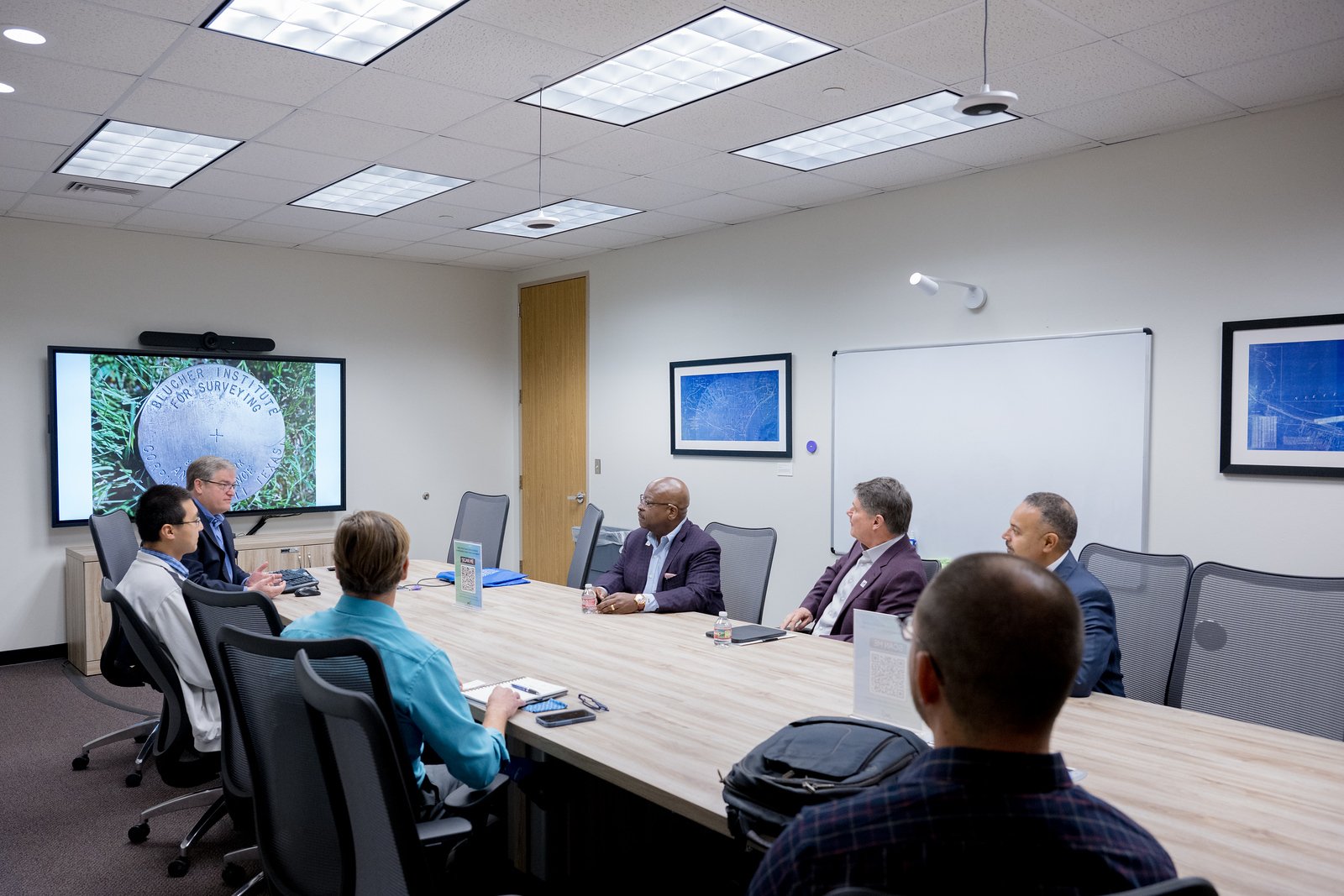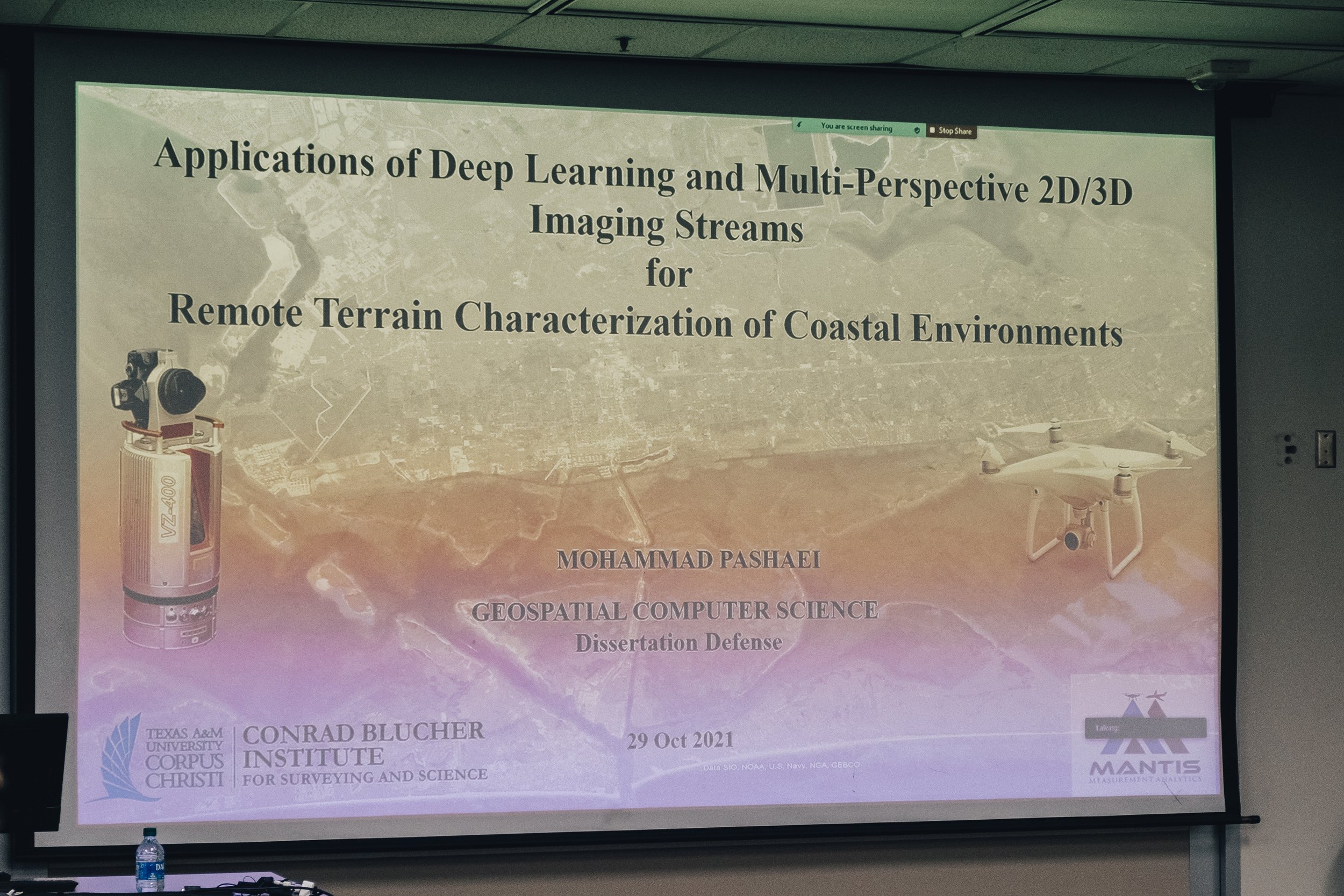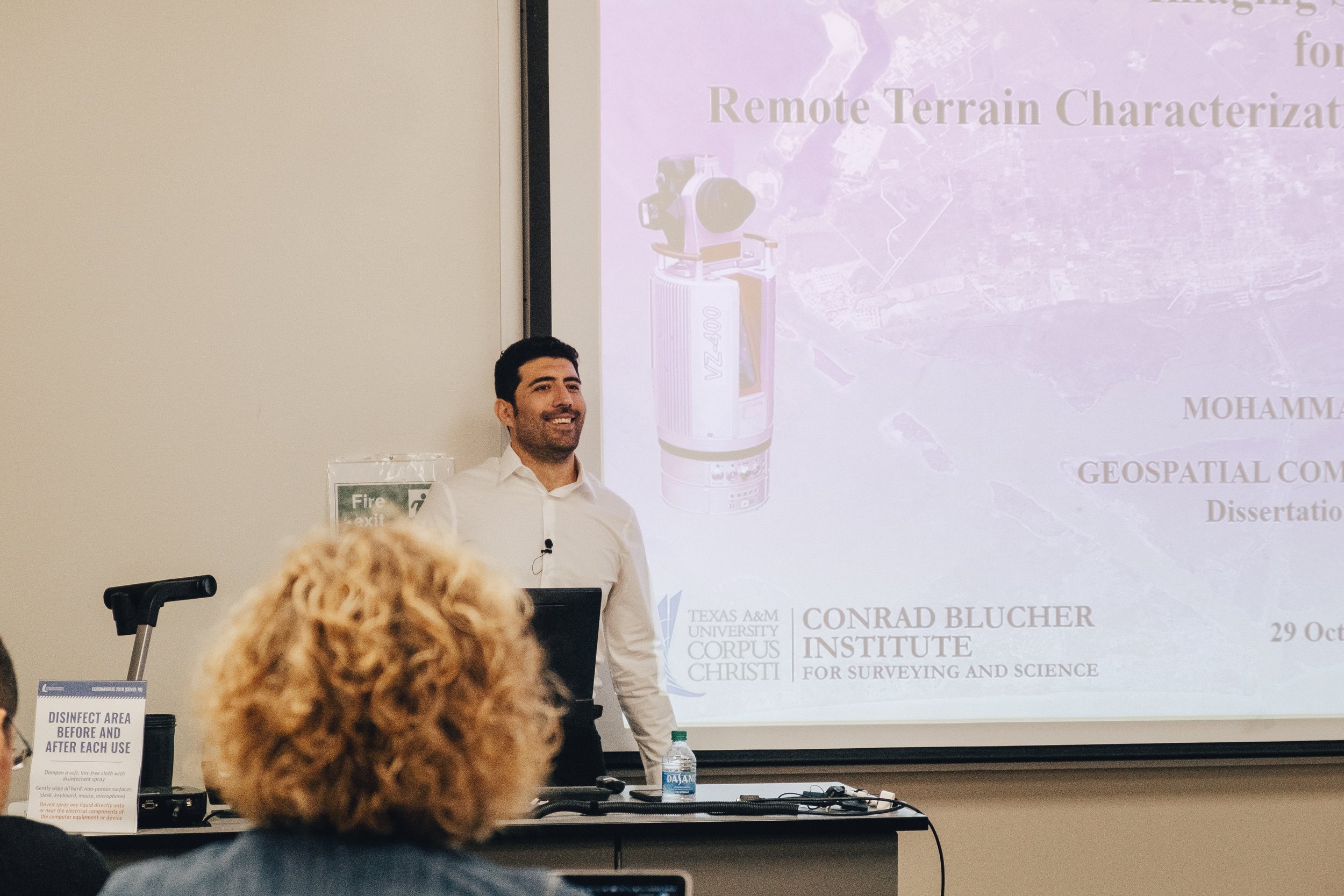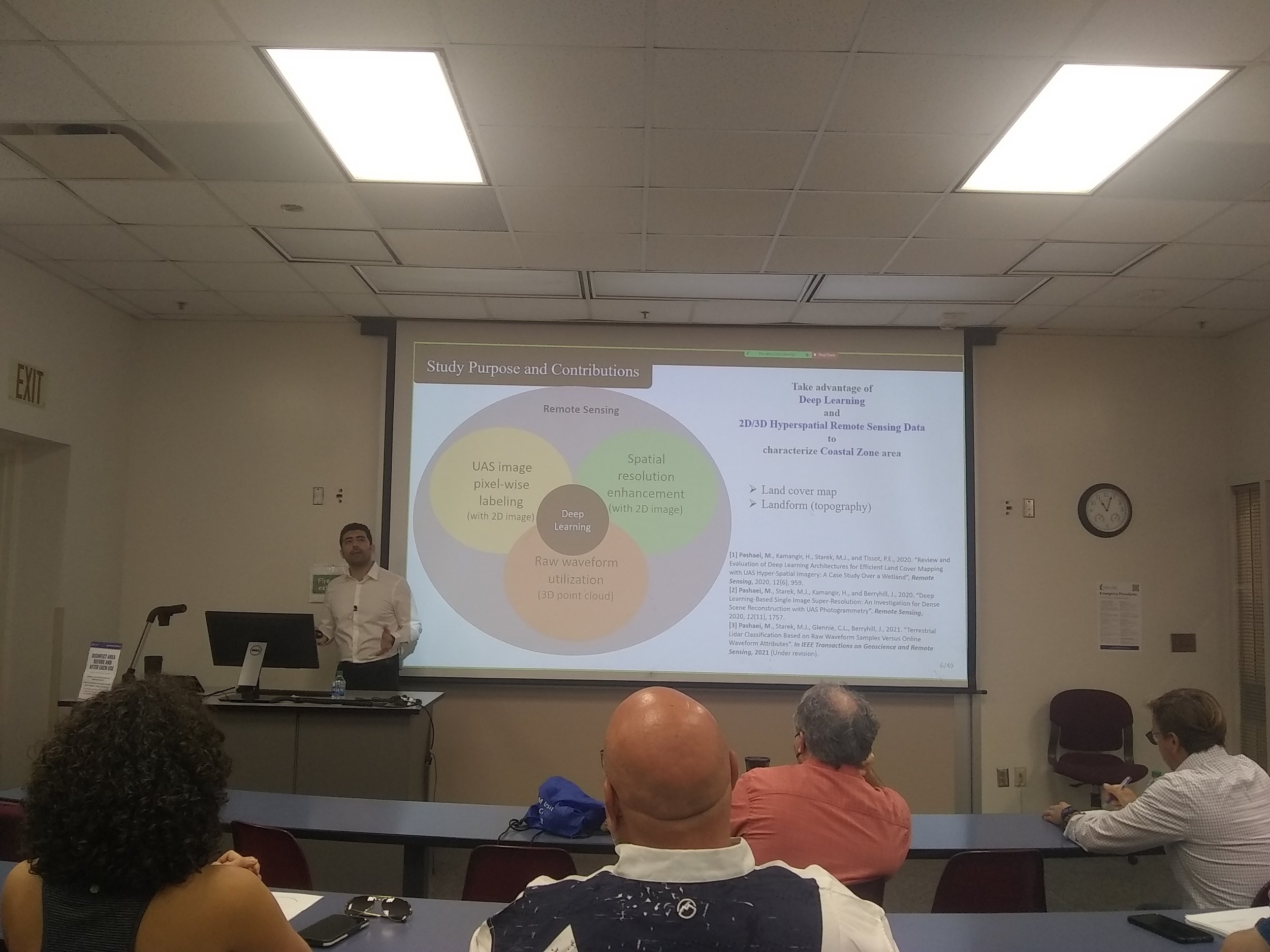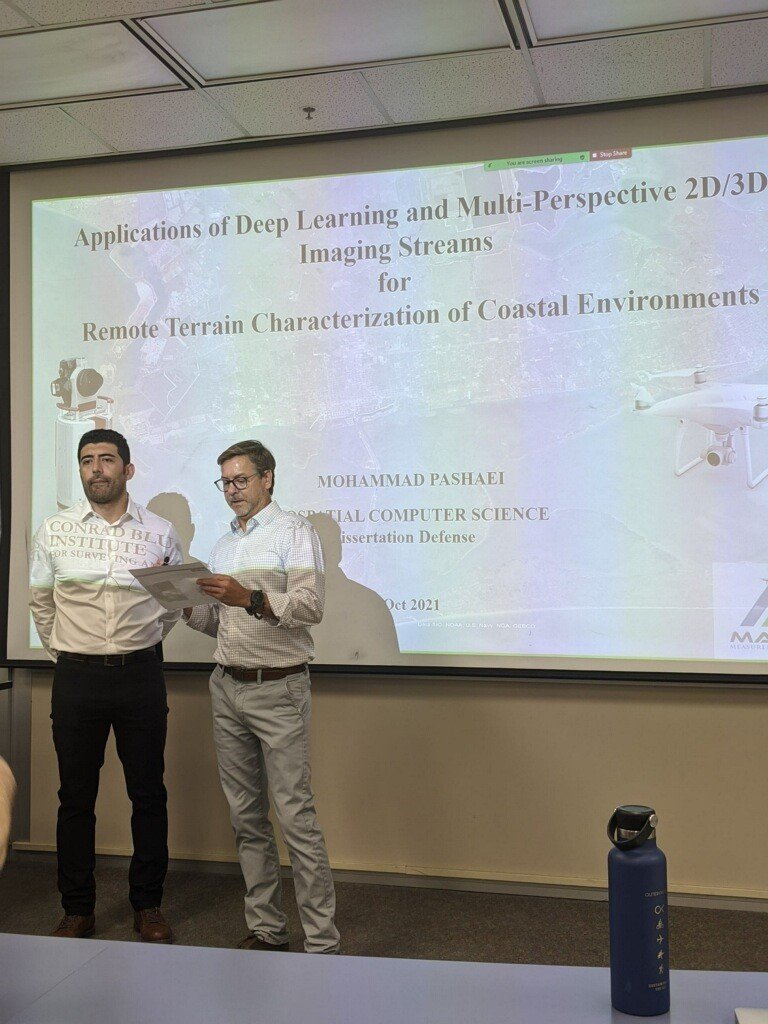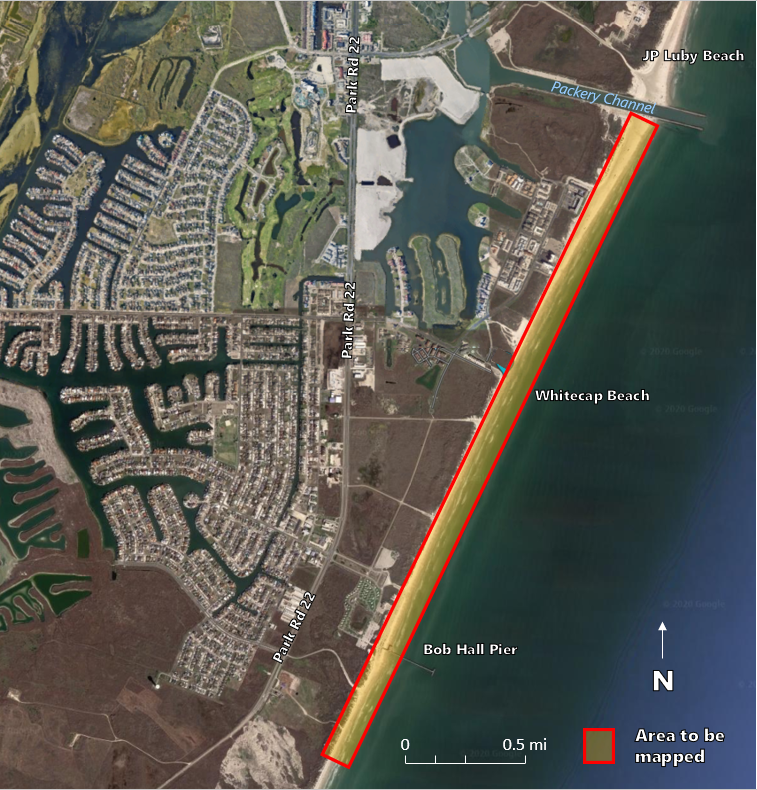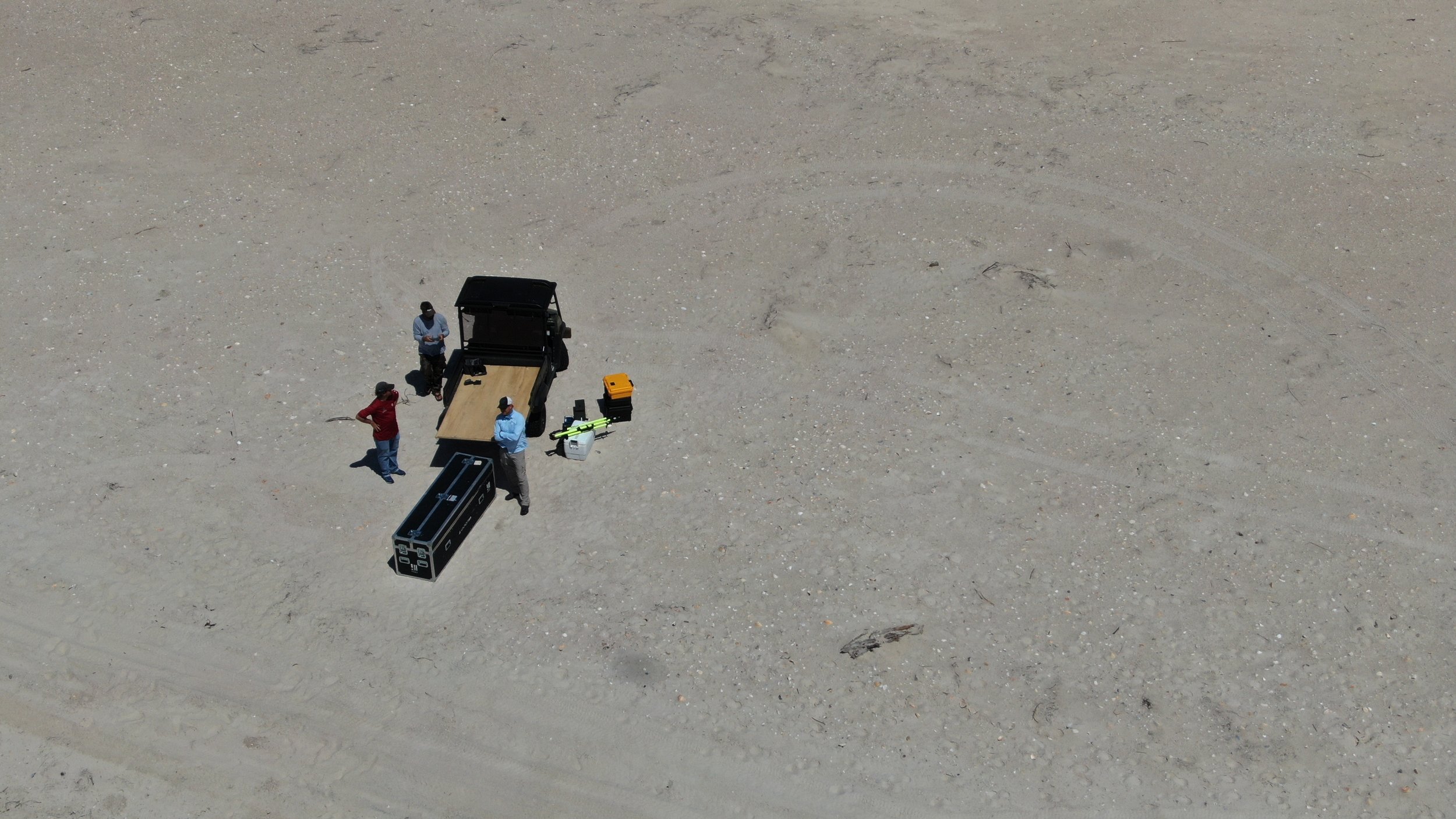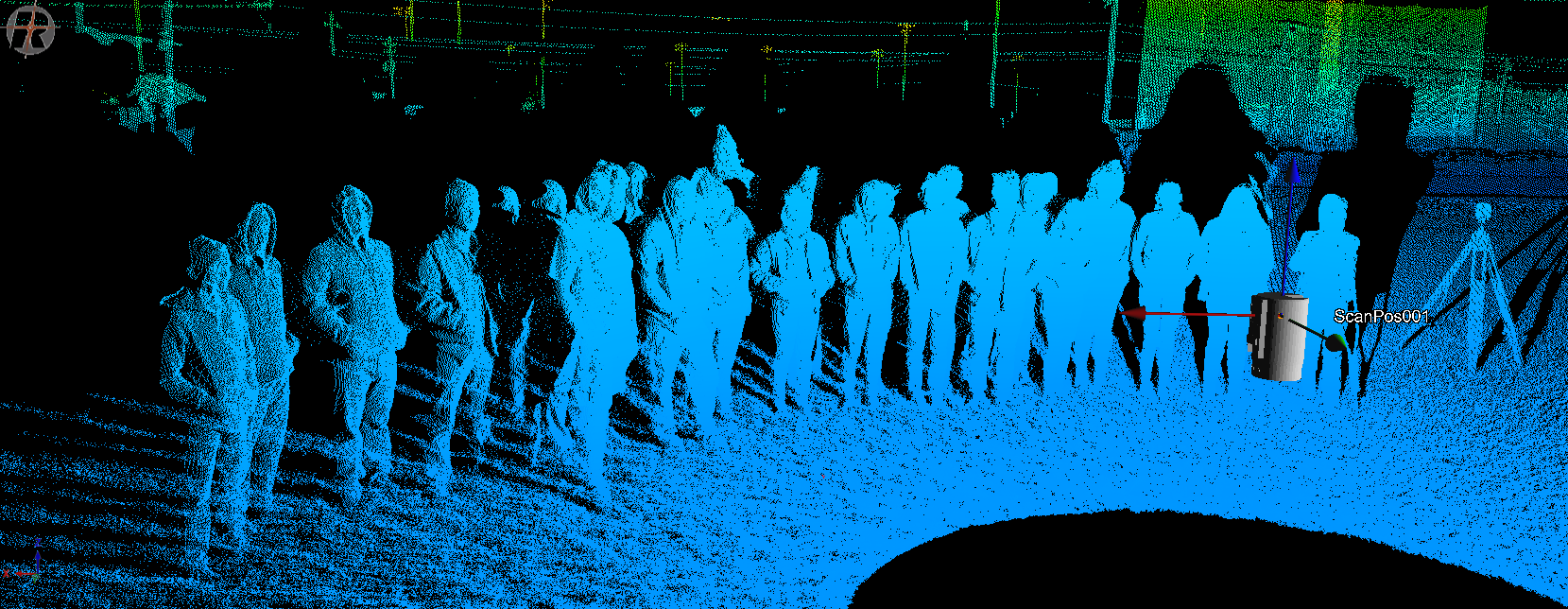This past Friday, October 29th, Mantis Ph.D. candidate (now Dr.) Mohammad Pashaei has successfully defended his dissertation, Applications of Deep Learning and Multi-Perspective 2D/3D Imaging Streams for Remote Terrain Characterization of Coastal Environments. To learn more, read his dissertation abstract below.
ABSTRACT:
Updated and accurate geospatial information about land cover and elevation (topography) is necessary to monitor and assess the vulnerability of natural and built infrastructure within coastal zones. Advancements in remote sensing (RS) and autonomous systems extend surveying and sensing capabilities to difficult environments, enabling more geospatial data acquisition flexibility, higher spatial resolutions, and allowing humans to “see” in ways previously unattainable. Recent years have witnessed enormous growth in the application of small unmanned aircraft systems (UASs) equipped with digital cameras for hyperspatial resolution imaging and dense three-dimensional (3D) mapping using structure-from-motion (SfM) photogrammetry techniques. Rapid proliferation in light detection and ranging (lidar) technology has resulted in new scanning and imaging modalities with ever increasing capabilities such as geodetic-grade terrestrial laser scanning (TLS) with ranging distances of up to several kilometers from a static tripod. Full-waveform (FW) lidar systems have led to a significant increase in the level of information extracted from a backscattered laser signal returned from a scattering object. With these advancements in remote sensing capabilities, comes an exponential increase in potential information gain at the cost of greatly enhanced data complexity. New methods are needed to efficiently extract meaningful information from these data streams. In this regard, deep learning (DL) techniques, in particular, convolutional neural network (CNN), have recently outperformed state-of-the-art machine learning techniques in a wide range of applications including RS. This study presents three main contributions in the use of DL for exploitation of UAS-SfM and lidar data for coastal mapping applications: 1) Evaluation of different DCNN architectures, and their efficiencies, to classify land cover within a complex wetland setting using UAS imagery is investigated; 2) DCNN-based single image super-resolution (SISR) is employed as a pre-processing technique on low-resolution UAS images to predict higher resolution images over coastal terrain with natural and built land cover, and its effectiveness for enhancing dense 3D scene reconstruction with SfM photogrammetry is tested; 3) Full waveform TLS data is employed for point cloud classification and ground surface detection in vegetation using a developed DCNN framework that works directly off of the raw, digitized echo waveforms. Results show that returned raw waveform signals carry more information about a target’s spatial and radiometric properties in the footprint of the laser beam compared to waveform attributes derived from traditional waveform processing techniques. Collectively, this study demonstrates useful information retrieval from hyperspatial resolution 2D/3D RS data streams in a DL analysis framework.




